In the wake of the pandemic-led lockdown and social distancing laws, the AVGC industry including the post-production, VFX and animation studios were forced to streamline complex remote pipelines in a staggered manner to continue their operations.
The once-crowded industrial areas and offices bustling with activity were reduced to ghost-towns and companies had to adapt to a new work-from-home culture.
On the flip-side, the restrictions imposed on live shoots meant increased demand for CG and animated content. While some suggested chroma screens and VFX as the solutions for the current woes of the film industry, many emphasised on virtual production technologies to ease content creation in the post-covid world.
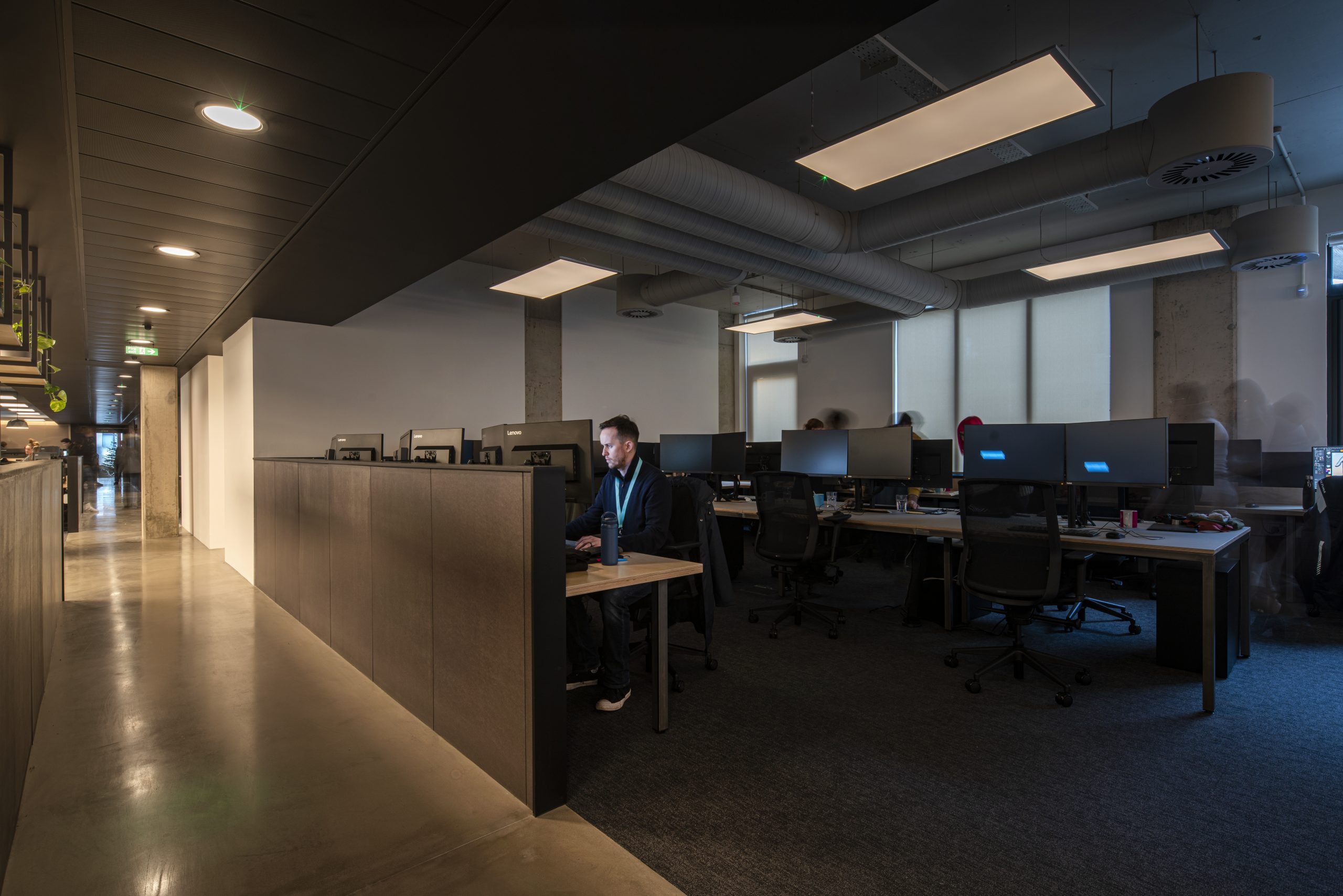
Having continued working on varied projects with minimal disruption, with artists and technicians working from home, Jellyfish Pictures is one such Animation & Visual Effects studio that swam against the odds in an exemplary way.
The shrinking of the world into a global village has seen companies eliminating boundaries and recruiting talent from all corners of the world.
Expanding their footprints beyond U.K, Jellyfish Pictures also hired about a 100 odd artists from various countries including India. Having pioneered the way visual effects and animation studios use virtual technologies, Jellyfish Pictures continues to bring images to life in the most innovative ways.
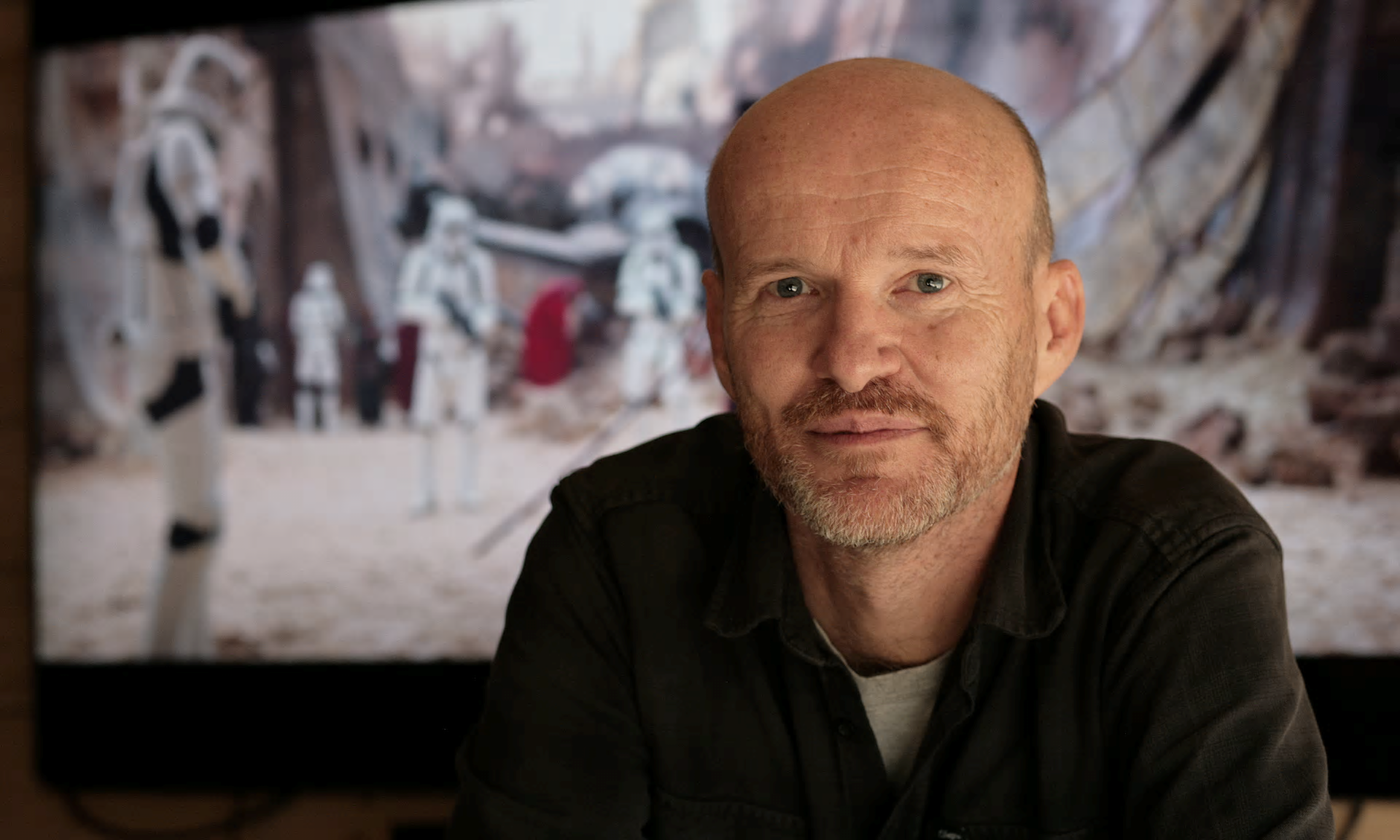
In a candid interview with AnimationXpress, Jellyfish CEO Phil Dobree spoke about the ways in which they weathered the Covid-19 storm, work-from-home pipelines, their current projects and their future plans.
Excerpts :-
How has the crisis and the lockdown impacted the VFX industry and your studio in particular? What sort of strategies did you streamline to ensure operations despite lockdown?
As we know, Covid-19 has had a catastrophic effect on live action filming, which in turn has filtered down to post-production. For the VFX industry this has meant thousands of potential productions have either been put on hold or cancelled all together, leaving VFX studios and artists with an uncertain future. While live action has been difficult, we’ve seen an increased appetite for animation across the board.
At Jellyfish Pictures, whilst we are known for our high-end visual effects, we also have a large feature and episodic animation department. During lockdown, we have certainly seen an upsurge in development and concept work for animation. With the easing of lockdown and the opening up of filming (even if with restrictions), the need for visual effects work is ramping up and we expect to see a real appetite for this in the next few months.
In terms of strategy, pre-pandemic Jellyfish Pictures had invested entirely in virtual technologies and studios giving us the ability to “pop up” studios and artists around the globe with relative ease, making us the largest virtual VFX and animation studio in the world. Having pioneered virtual technologies for the past five years, we were able to set up our staff working from home reasonably easily using Teradici’s PCoIP, with all 200 staff (now 300) working from home successfully before lockdown was enforced.

The natural evolution for us after becoming wholly virtual was to extend our reach and therefore our access to talent around the globe. The problem was always a management problem. How do you manage a team of artists so far apart? The pandemic somewhat forced our hand on upping our game around communication, feedback and how we manage a global crew. Initially productivity was not affected, and we began to identify what worked well and how we could improve things and what we felt were the essential aspects of being in a studio together to arrive at an ideal blended approach in the long run.
Tell us about your remote pipelines; software and communication applications (web conferencing) you are utilising in order to overcome challenges of working remotely; i.e data protection, possibility of hacking, lack of proximity and immediate feedback?
All our IT infrastructure is housed in a centrally based co-location, with all distributed workstations being virtualised through Teradici’s remote visualisation solution for all our UK based and European artists.
For our artists who are further afield, with Jellyfish Pictures’ IT infrastructure already housed off site and completely virtual, the company utilizes Azure’s backbone to set up hubs all over the world, which connects back to the Jellyfish Pictures’ tier one data centre in the UK. All content resides on PixStor, Pixit Media’s software-defined storage solution. Using its dynamic data manager Ngenea, integrated with pipeline tools and Azure, files are distributed across creative hubs quickly and securely. Artists access their content from PixStor running in the cloud hub, which guarantees their performance requirements are always met. When completed, files automatically move back to the UK data centre.
Data never leaves the secure Azure hub, with pixels streamed to artists monitors via an encrypted streaming session over Teradici PCoIP technology. Data cannot be downloaded, shared or accessed, remaining fully compliant with TPN protocols and the stringent security measures usually enforced within our physical studios.
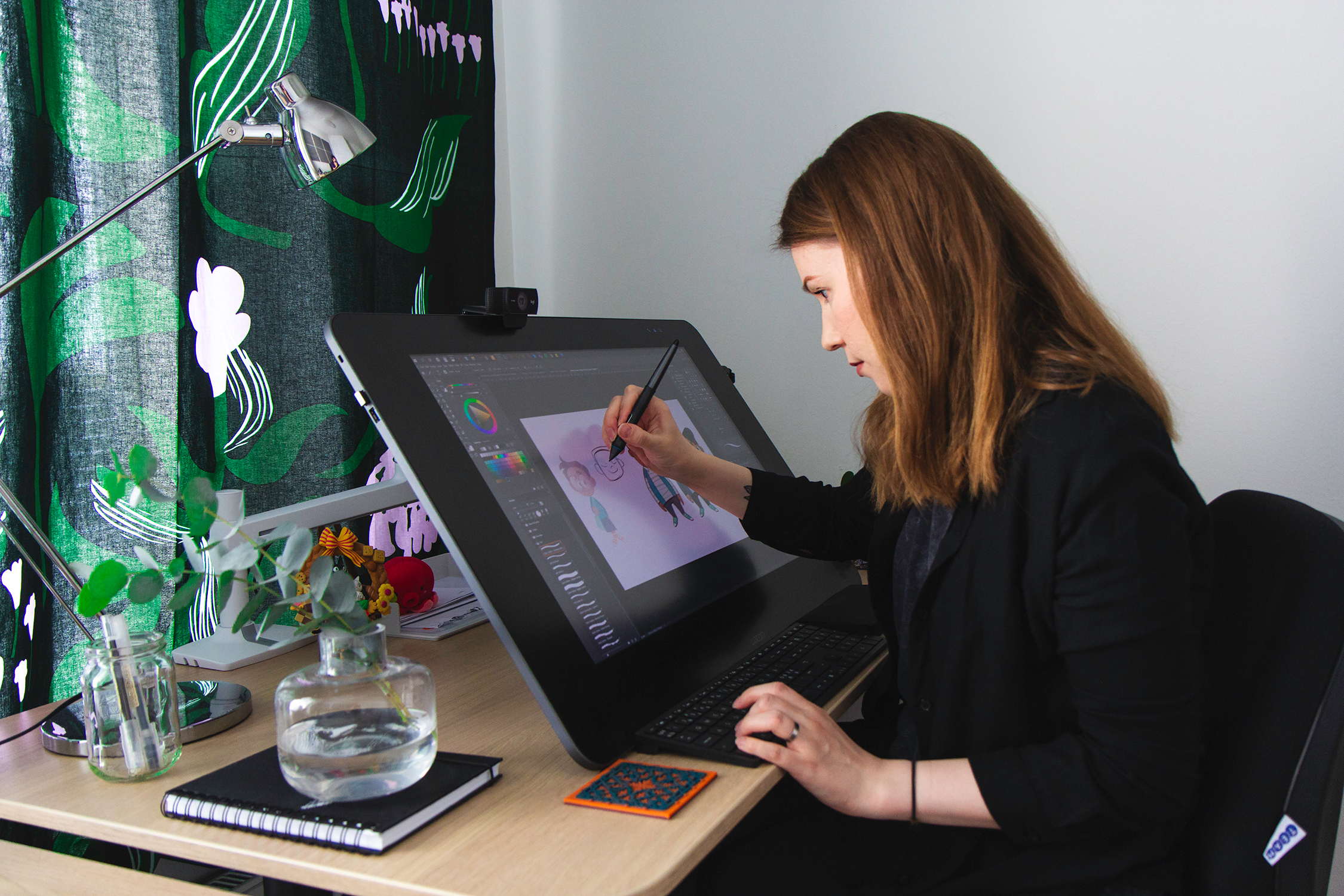
The biggest change has probably been behaviourally and how we communicate. Our team have adapted to new ways of communicating, whilst remote working, using Microsoft Teams for immediate feedback, screen-sharing, video-calls and instant-messaging. For our clients, we have integrated a review tool into our pipeline, which grants access for clients to review content seamlessly and simultaneously in 4K. This allows for both our artists and clients to be able to screen-share, update and annotate in real-time.
What are the major differences and challenges in working on projects from home as opposed to working from the office? Do you see that continuing in the days ahead even after the lifting of stringent social distancing triggered by the pandemic?
As well as the safety of our artists, productivity is one of the most important things for a studio. We still need to be able to deliver on time and to the best quality. Every member of staff receives a questionnaire at the end of each day, which is compulsory to fill in. Not being able to check in with people face to face, we have implemented new ways to track productivity, tech issues and general morale. This has been absolutely key in staying in front of any issues and is something that will remain an integral part of our operations post-covid. So, although we have not seen any loss in productivity whilst working from home, there are still undeniable benefits to working in a studio environment.
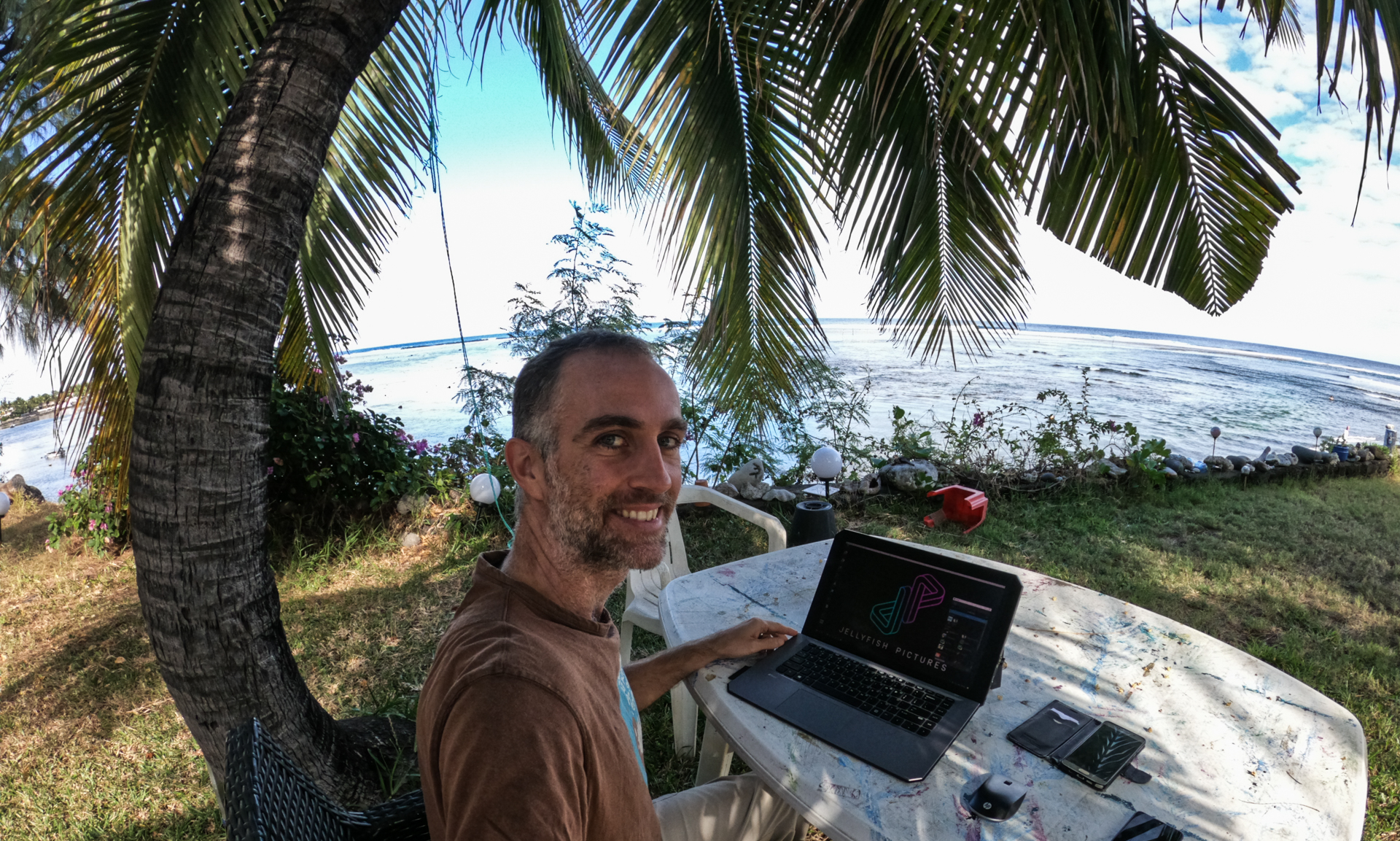
Post-pandemic, we are adopting a blended, more agile and flexible operation, addressing the best elements that come from remote working and working in the studio enabling a healthier work/life balance for our artists. There are some tasks that are better done in the studio and others that are just as productive at home, they both have their merits and it is all about bringing them together. We believe the mental health and well being of our staff is critical so getting the balance right points to a blended way of working.
How did you calibrate the fundamental strategies of minimising the losses? Tell us about your H.R policies and steps you had to take over the last few months. Any furloughing you had to reluctantly mandate or pay-cuts for the employees due to lack of projects?
At the beginning of the Covid-19 outbreak, there were a lot of unknowns and anxieties not helped by mixed messaging from the UK government. We took a long look at our pipeline of work and the stress points as we saw them coming up, which ultimately saved us having to implement any pay cuts and, though difficult for those affected, we only had to furlough a handful of employees.
We were fortunate to have had two animated series and a Hollywood animated feature film in production meaning we had enough work to keep the majority of our staff occupied. The amount of animation work in the studio has meant we have had to onboard nearly 100 people since UK lockdown, this has been almost seamless thanks to the virtual tech set up that we had implemented. We needed to ensure we created a strong WFH policy that was understood by everyone across the globe and replicated our Jellyfish Pictures working culture.
You named India in the number of places you are recruiting talent from. What are your views on the Indian VFX scenario? What percentage of your workforce involves artists from India?
We view India as an opportunity for collaboration with Jellyfish Pictures due to its wealth of talent and booming VFX industry. Our IT infrastructure means we can easily tap in and recruit the best talent living in India to work with us remotely. As it stands, we have a number of employees working from home in India and we are excited to see that increase as well as having the opportunity to collaborate with other studios in the region.
Virtual tech is being touted as the panacea for filmmaking woes in the age of the pandemic. Tell us about how virtual technology can be leveraged or come in useful in the current times (social distancing, sanitisation and masks)?
Virtual technology allows for flexibility and scalability, and it has armed us with the tools to remain working during the pandemic. We have been at an advantage having pioneered virtual tech since 2015, and it has proven vital in the current times.
Whilst we can only talk about this technology with any authority in our field, we are seeing studios and production companies leveraging virtual technology within live-action shooting. Allowing more crew members to work virtually, in terms of dailies and data wrangling, this in turn enables easier social distancing on set.
For Jellyfish this has meant we have worked hard on finding the safest and best ways of operating in a blended environment. Initially we had a proper risk assessment of our studios making sure it is safe to come back to the office for those that can or are safe to do so. This is very much in line with the UK Screen Alliance and BFC approach to safely returning to work for both filming and studio/office work.
We’ve increasingly been hearing of production houses training their eyes on game tech like Unreal Engine and photogrammetry. Any technologies you would like to make us aware of that will define the evolution and future of the global VFX scenario?
You’ve heard right! We’ve been on the same path and have been doing a lot of research and development work on Unreal Engine (UE). So far, we have completed numerous tests with the intent to integrate UE into our pipeline. Any future projects to enter Jellyfish Pictures doors will now have UE as part of the pipeline. We have also worked on animated projects that are entirely working within UE. In VFX we see it as a very important part of the previsualisaton process and beyond. This extends to the use of LED screens with environments being built in UE and projections on set in volumes to minimise social interaction and keep things filmed in a safe biosphere.
Tell us about the projects that you’ve recently finished working on and the ones in the pipeline?
We recently collaborated with DreamWorks Animation to create the Holiday Special How to Train Your Dragon: Homecoming for which together with DWA we recently won an Annie award. In lockdown our crew has been working on our first Animated Feature film with a leading Hollywood studio. It will be quite an achievement to have managed to do this almost entirely working from home.
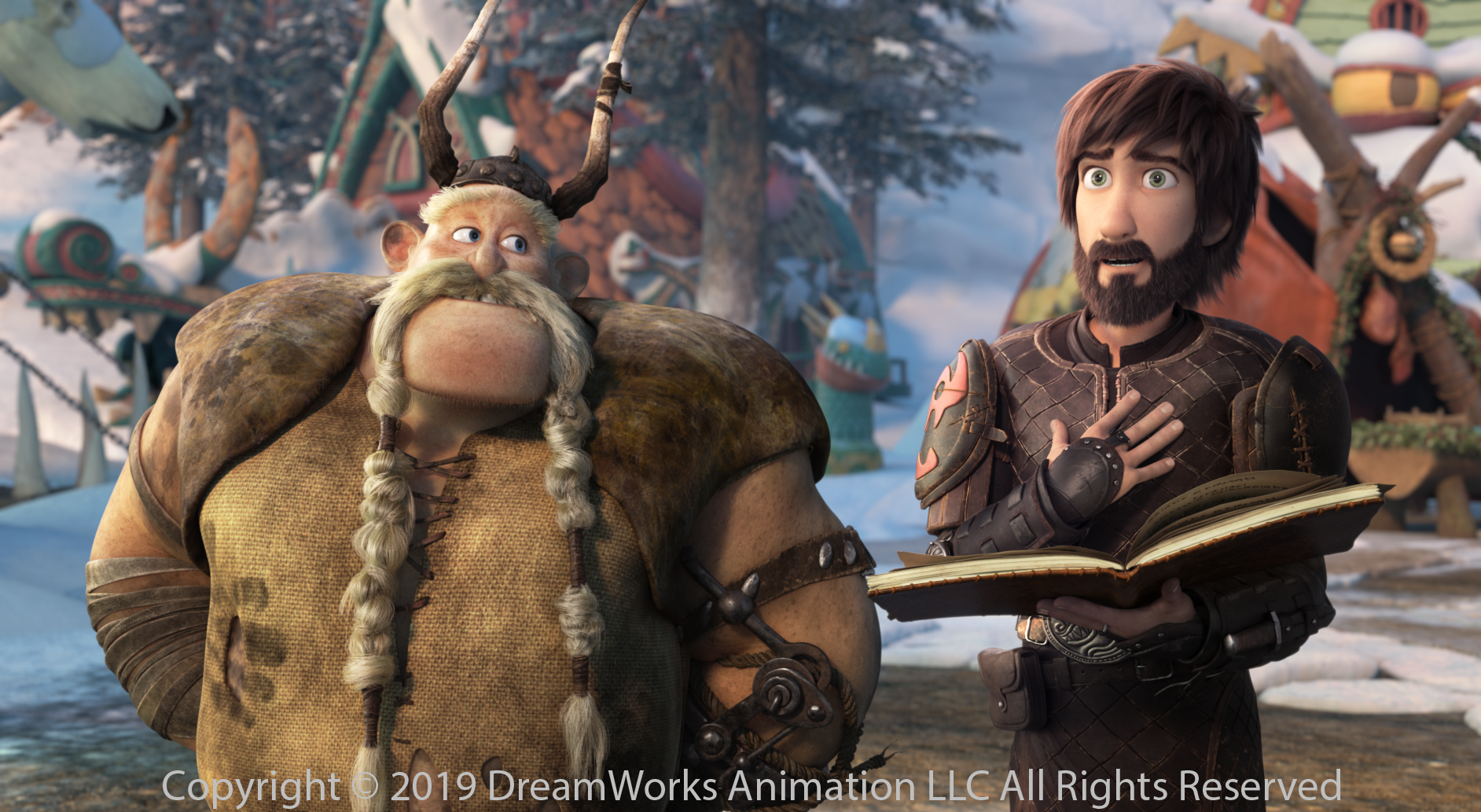
We’ve also been working on the second season of Beano Studios and CBBC’s Dennis & Gnasher: Unleashed!, 50% of which was successfully delivered working from home without any loss in quality or time and is now airing every weekday on British public broadcaster, CBBC. Elsewhere in animation, we have delivered a series of episodes of animated shorts for a high-end hotel chain, which we will be excited to share in the near future. In terms of new business, we have seen a lot of visual development work coming in to keep our Art Department busy and starting to see an uplift in VFX work as lockdown is starting to be eased and filming has picked up.
Do you see the quantum of VFX and Animation work increasing in the post-pandemic age?
We know that there has been an unprecedented demand for content in the past few years, and this appetite has hugely increased over the last few months during worldwide lockdowns. The issue has been the halting of production for the vast majority of live action shows and the subsequent shift to animation due to its ability to carry on producing. Undoubtedly this demand for animation will be maintained as content becomes more and more valuable for all the svods and broadcasters worldwide. The opportunity for animation to produce a large volume of content will only raise its profile and appeal that much more resulting in more and more demand for it in the future (with channels and platforms now coming online from the likes of SKY dedicated purely to Animation). We believe the talent and workflows we have developed during the lockdown will be a sustainable, resilient, and essential part of the future content market. The issue of having to shoot in restricted and social distanced safe ways now, and as long as the pandemic is with us, will mean that there will also be a huge demand for VFX and tech to “fill in” what cannot be filmed.
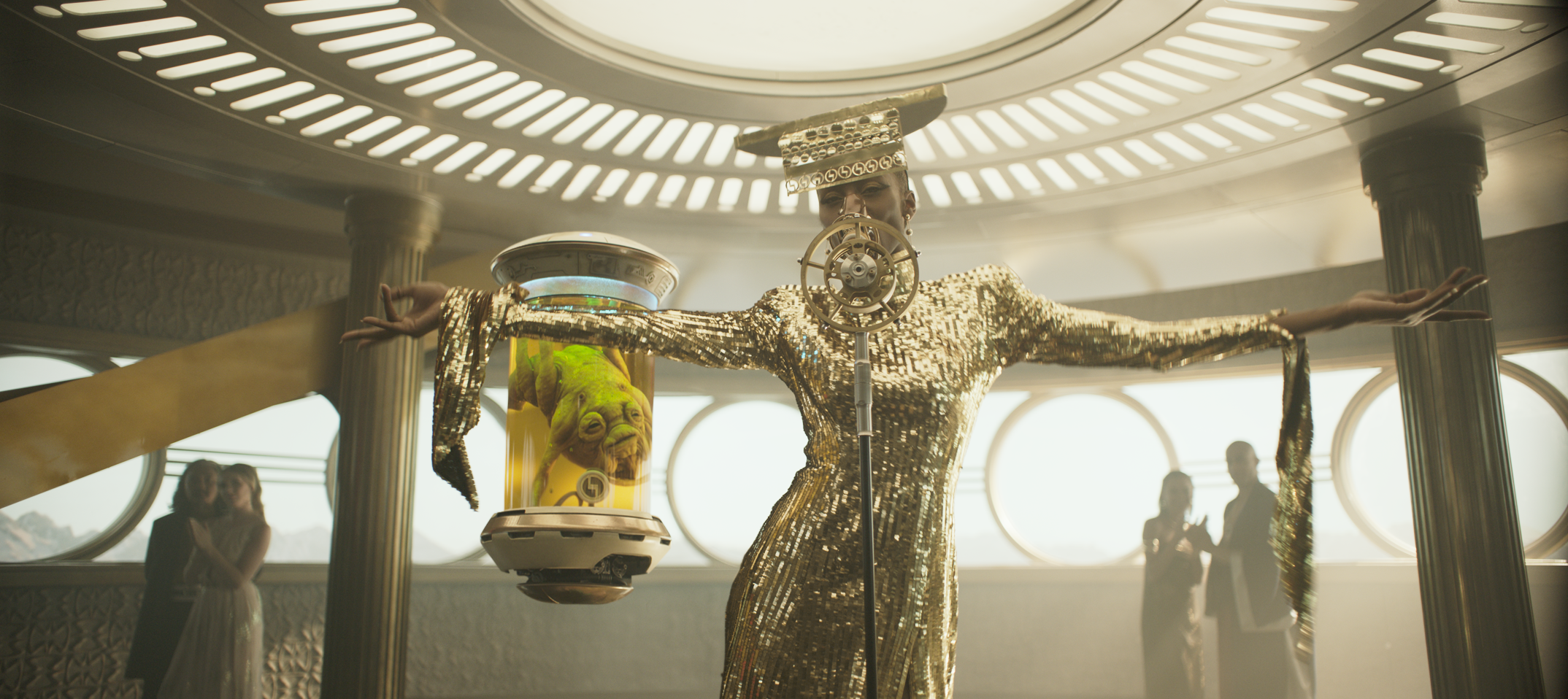
More will be filmed in safe volumes and studios with crowds, effects and environments all needing to be solved with VFX. This will accelerate what has already been a developing trend (as seen with the LED screens used in shows like Mandalorian, the Star Wars episodic series) and help to establish this way of working and filming as the norm in the future. As live action filming picks up so will the surge in demand for VFX which we think will be maintained, all meaning a bright outlook for our industry, provided that there is sufficient investment in content for the foreseeable future.
What advice would you like to give to the artists who wish to work with you in the future?
To apply! We are always looking for great talent and we are currently hiring for some amazing projects and opportunities at Jellyfish Pictures. The good news is our tech is future proof and we can reach talent wherever you are. Our other bit of advice is to continue to work hard, stay patient through this difficult time and remember why you love what you do, then one day you’ll be swimming with Jellyfish.
